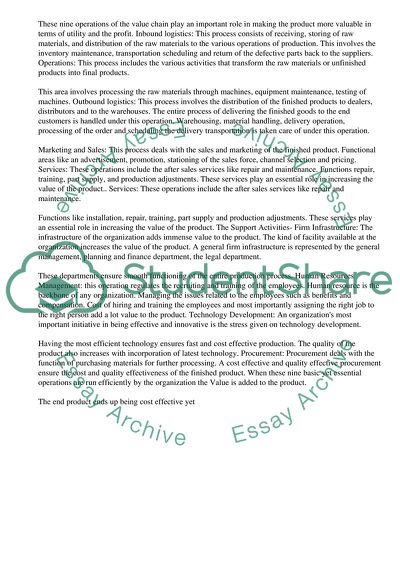Cite this document
(“Business Process Management: Value Chain In Business Operations Essay”, n.d.)
Retrieved de https://studentshare.org/business/1390170-answers-of-qustion-the-business-process-management
Retrieved de https://studentshare.org/business/1390170-answers-of-qustion-the-business-process-management
(Business Process Management: Value Chain In Business Operations Essay)
https://studentshare.org/business/1390170-answers-of-qustion-the-business-process-management.
https://studentshare.org/business/1390170-answers-of-qustion-the-business-process-management.
“Business Process Management: Value Chain In Business Operations Essay”, n.d. https://studentshare.org/business/1390170-answers-of-qustion-the-business-process-management.


